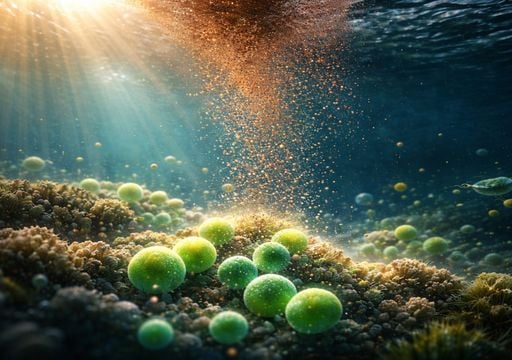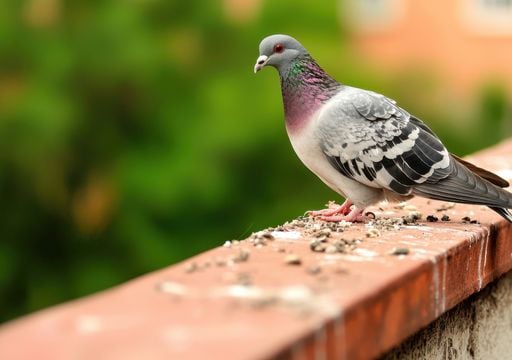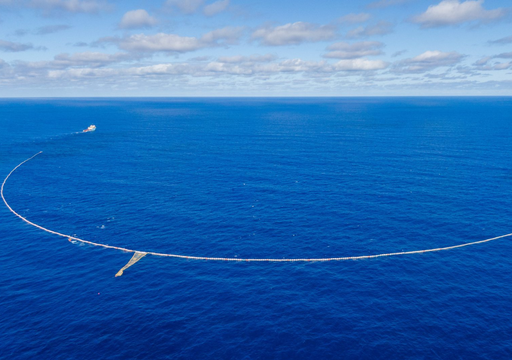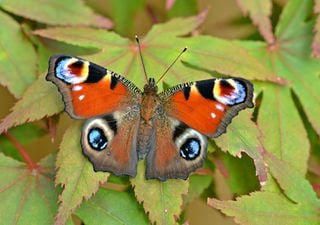Varied year: Britain’s butterfly winners and losers revealed
It was a mixed year for the UK’s butterflies, with numbers of some species climbing while others experienced a worrying decline.
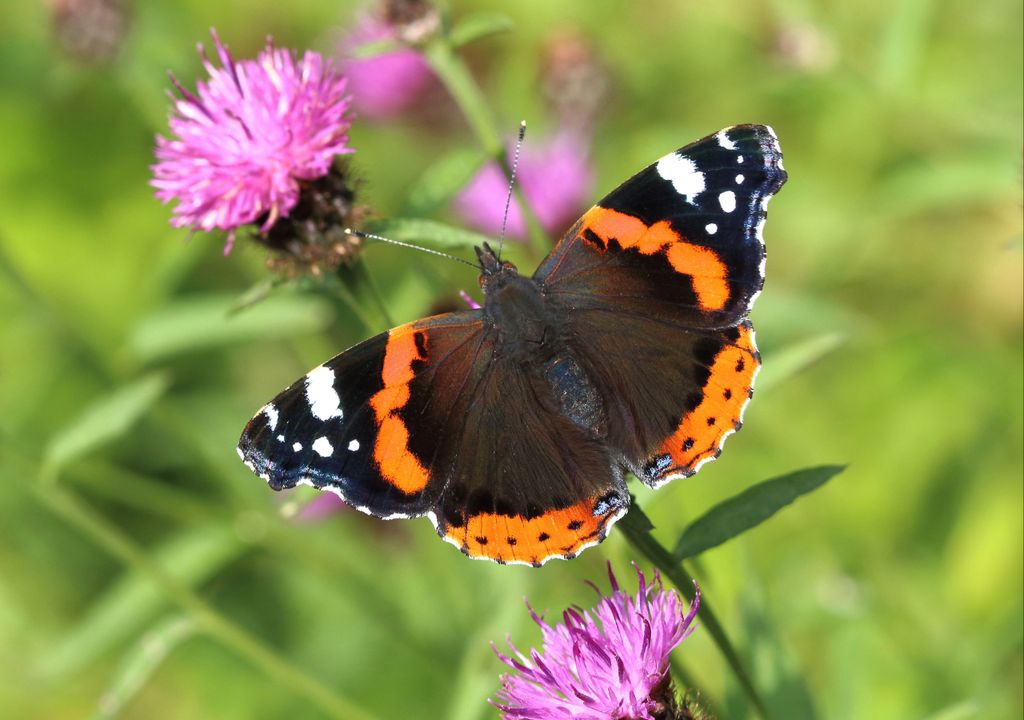
Environmental monitoring such as the annual UK Butterfly Monitoring Scheme (UKBMS) is vital to understanding how populations are changing and adapting to the continuing challenges posed by climate change and other environmental pressures.
According to the latest results from the one of the world's longest-running insect monitoring schemes, half the 58 butterfly species had a better than average year while the other half were below average. Data was collected at a record-breaking 3,316 monitoring sites across the UK by volunteers led by Butterfly Conservation, the UK Centre for Ecology & Hydrology (UKCEH), British Trust for Ornithology (BTO) and the Joint Nature Conservation Committee (JNCC).
Successes and losses
Species including the Chequered Skipper, Brimstone, and Large Blue all flourished and recorded their best year since the UKBMS began in 1976. The Large Blue was reintroduced after becoming extinct in the UK in the 1970s, demonstrating that conservation efforts with this species is really working.
The Red Admiral, a migratory species that overwinters in the UK’s increasingly warmer climate also recorded it’s best-ever year; its numbers have increased by 318% at monitored sites since 1976. The Brown Argus, Marbled White, Comma, Black Hairstreak, and Holly Blue also had remarkable years which all ranked in their top three best years since monitoring began.
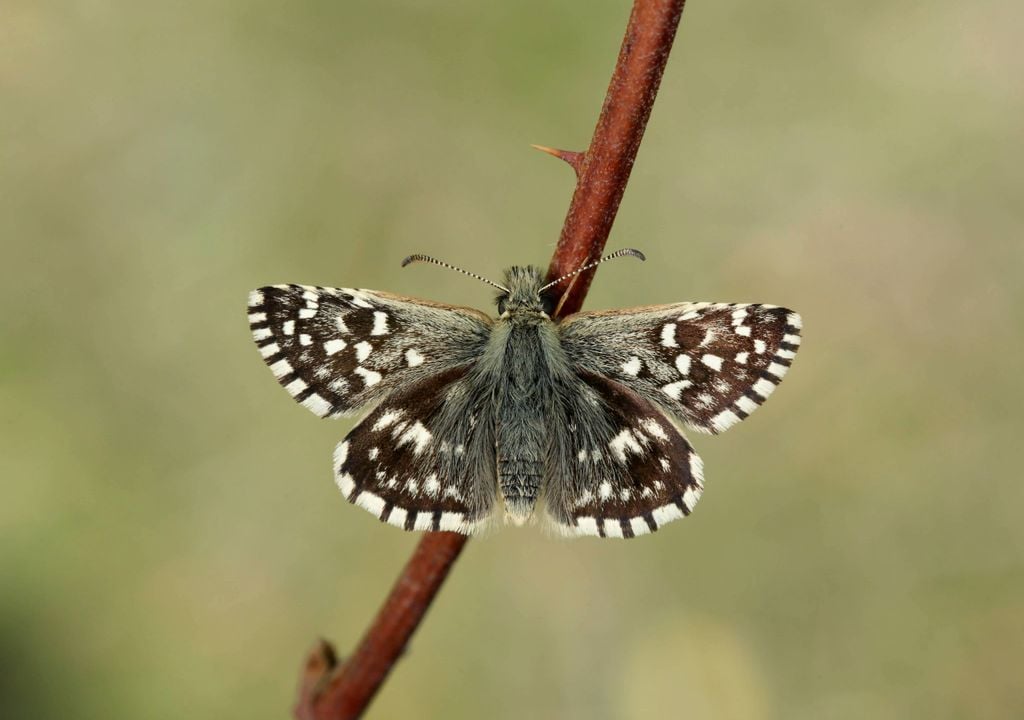
But not all butterfly species were so lucky; the Small Pearl-bordered Fritillary and the Small Tortoiseshell – a garden favourite – recorded their lowest numbers since 1976, declining by 71% and 82% respectively. Small Tortoiseshell had its worst year on record in England, second worst in Wales and joint fifth worst in Scotland, but logged its second-best year in Northern Ireland.
Other species facing significant difficulties were Cryptic Wood White, Grizzled Skipper, Pearl-bordered Fritillary, Grayling and Scotch Argus. The Green-veined White and Ringlet also had a poor year, perhaps a knock-on effect from the previous summer’s droughts.
Natural variation
Butterfly numbers vary naturally from year to year, largely due to the weather, explains Dr Richard Fox, Head of Science at Butterfly Conservation. “But the long-term trends of UK butterflies are mainly driven by human activity, including habitat damage and destruction, pesticide use, pollution and climate change. By monitoring long-term butterfly trends, we can learn about the impact of climate change and other factors on our native wildlife.”
Dr Marc Botham, Butterfly Ecologist at the UKCEH, says butterflies are an important indicator species, “meaning they can tell us about the health of the wider environment.” He says the UKBMS data is “invaluable” in evaluating the health of our countryside and natural world in general. This year’s mixed results highlight the need for “continued monitoring and conservation efforts to protect these important species and their habitats,” he adds.
Chris Tuckett, Chief Officer for Strategy and Impact at JNCC says environmental monitoring, such as the UKBMS has a vital role “in helping us understand the effects of pressures on the natural environment and, equally importantly, how efforts to address these pressures through nature conservation and recovery can be effective in reversing decline.”

